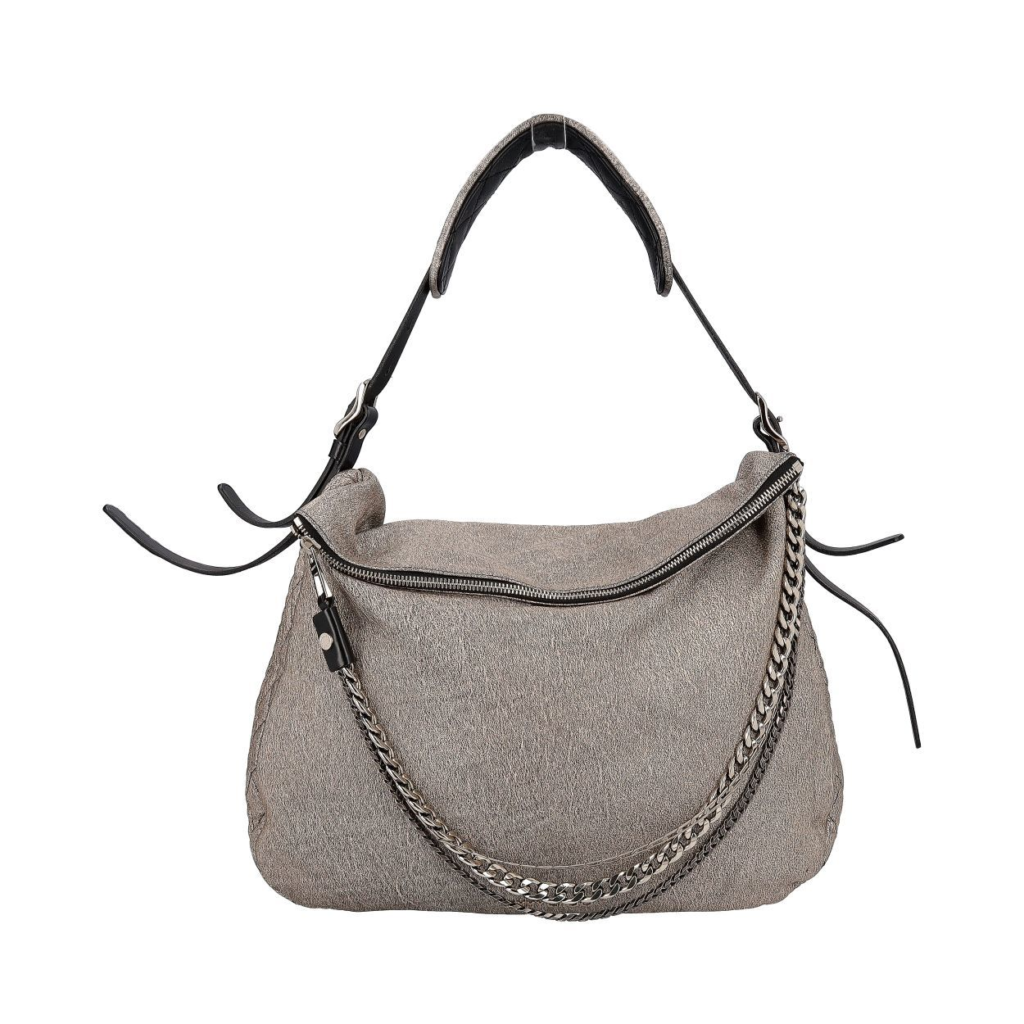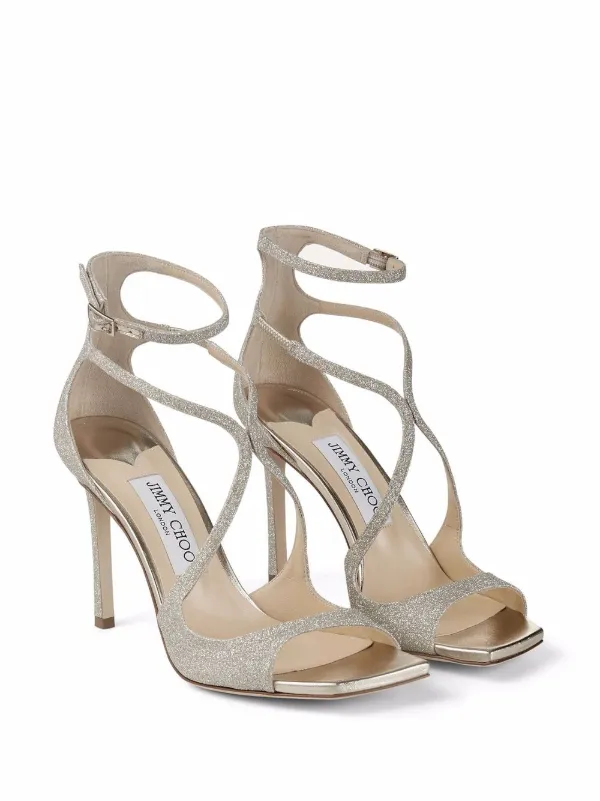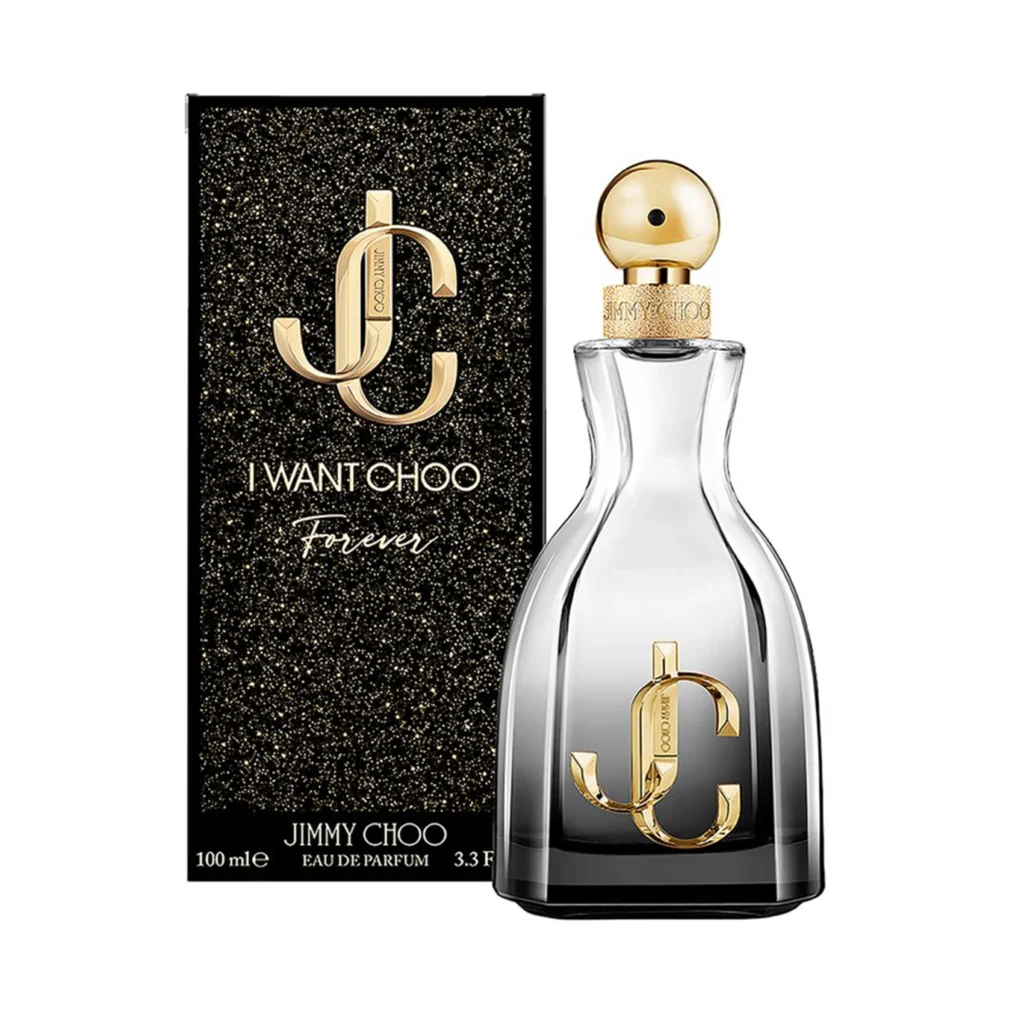Jimmy Choo: From East London Atelier to Global Fashion Powerhouse

Jimmy Choo: From East London Atelier to Global Fashion Powerhouse. In the heart of East London in 1996, Malaysian-born shoemaker Jimmy Choo Yeang Keat and Vogue accessories editor Tamara Mellon co-founded a brand that would redefine luxury footwear. Starting as a modest atelier specializing in hand-crafted shoes, Jimmy Choo quickly ascended the fashion hierarchy, becoming synonymous with elegance, glamour, and impeccable craftsmanship. Today, the brand stands as a testament to strategic vision, resilience, and innovative marketing in the competitive world of high fashion.
The Royal Endorsement That Sparked a Revolution
A pivotal moment in Jimmy Choo’s early history was its association with Princess Diana. In June 1997, she donned a pair of pale-blue satin sling-back heels by Jimmy Choo to a performance of “Swan Lake” at the Royal Albert Hall. This public endorsement by the Princess of Wales catapulted the brand into the spotlight, cementing its status as a purveyor of refined elegance.

Strategic Expansion and Global Presence
Recognizing the importance of a global footprint, Jimmy Choo embarked on an ambitious expansion plan. By 1998, just two years after its inception, the brand had opened boutiques in New York and Beverly Hills, tapping into the lucrative American market. This strategic move not only increased brand visibility but also positioned Jimmy Choo as a global luxury brand.
Innovative Marketing and Brand Positioning
Jimmy Choo’s marketing strategy has been instrumental in its sustained success. The brand employs a mix of traditional advertising, public relations, and digital marketing to engage with its audience. Collaborations with celebrities and influencers, coupled with a strong social media presence, have kept the brand relevant and desirable.

Diversification and Product Innovation
While initially known for women’s footwear, Jimmy Choo has diversified its product offerings to include handbags, accessories, and fragrances. This diversification has allowed the brand to capture a broader market share and cater to a wider audience. Notably, the brand has embraced the trend towards casual wear, introducing sneakers and other casual footwear to appeal to contemporary consumers.
Challenges and Resilience
Like many luxury brands, Jimmy Choo has faced its share of challenges. The impact of Brexit led to a decline in tourist demand and a drop in US sales, affecting the brand’s revenue. However, Jimmy Choo’s ability to adapt and innovate has enabled it to navigate these challenges successfully.

Leadership and Vision
Sandra Choi, Jimmy Choo’s niece, has been a driving force behind the brand’s creative direction. Having been with the company since its inception, Choi’s deep understanding of the brand’s ethos and her commitment to innovation have been pivotal in maintaining Jimmy Choo’s position at the forefront of luxury fashion.
Lessons for Aspiring Entrepreneurs
- Leverage Strategic Partnerships: Collaborations with influential figures and celebrities can significantly enhance brand visibility and credibility.
- Embrace Diversification: Expanding product lines can open new revenue streams and attract a broader customer base.
- Adapt to Market Changes: Staying attuned to market trends and consumer preferences is crucial for sustained success.
- Maintain Brand Integrity: Consistent brand messaging and quality are essential in building and retaining customer trust.
- Invest in Leadership: Strong leadership with a clear vision can guide a brand through challenges and drive innovation.

Jimmy Choo’s journey from a small London workshop to a global fashion icon exemplifies the power of strategic vision, adaptability, and unwavering commitment to excellence. For entrepreneurs, the brand’s story offers valuable insights into building a successful and enduring enterprise in the dynamic world of fashion.




